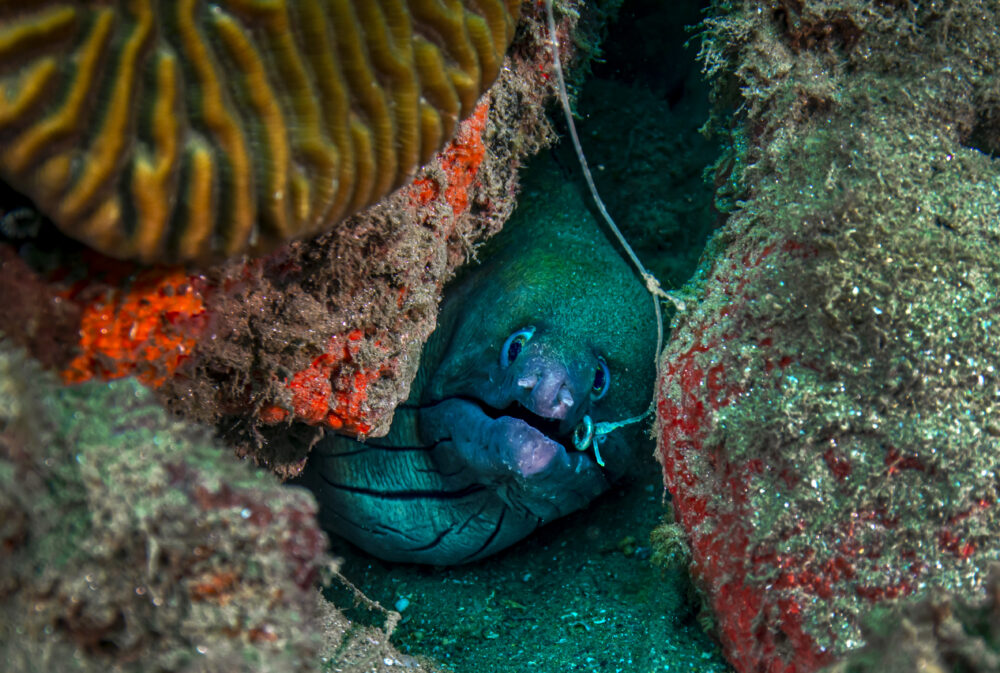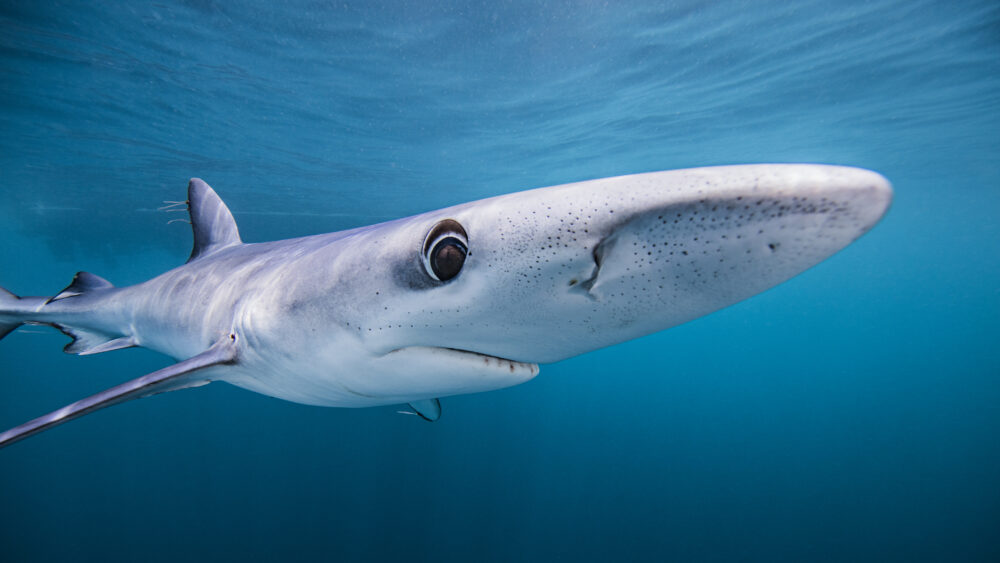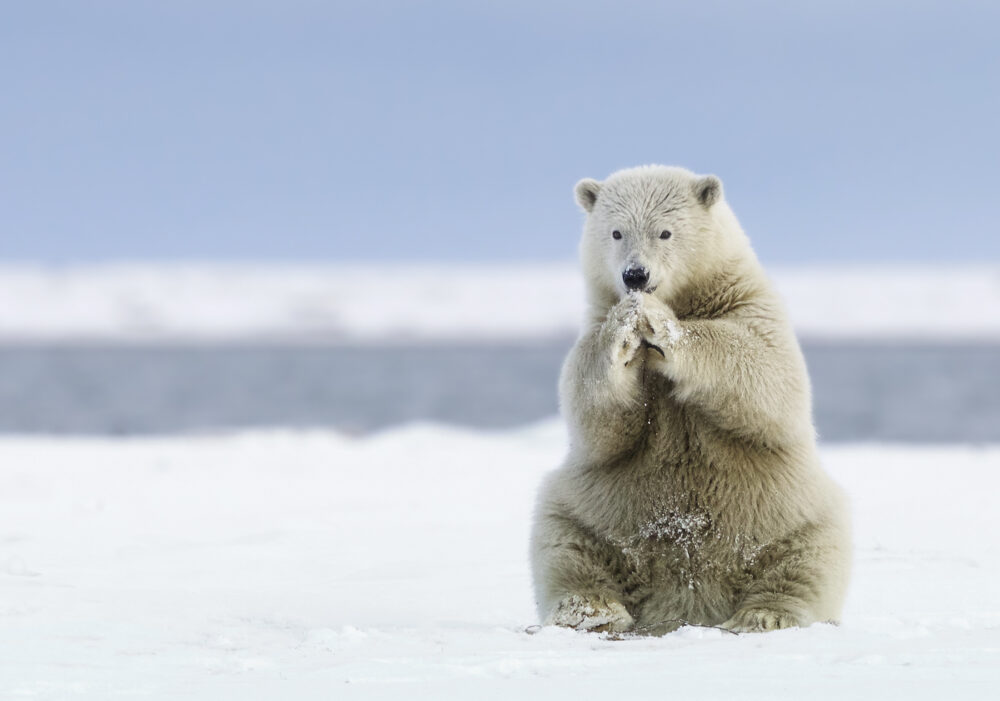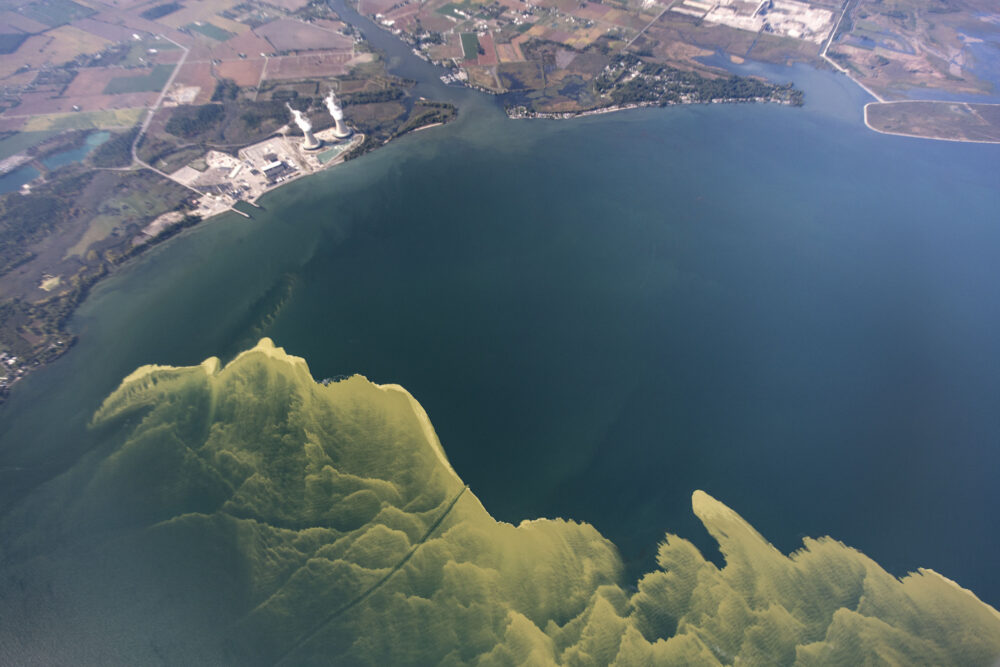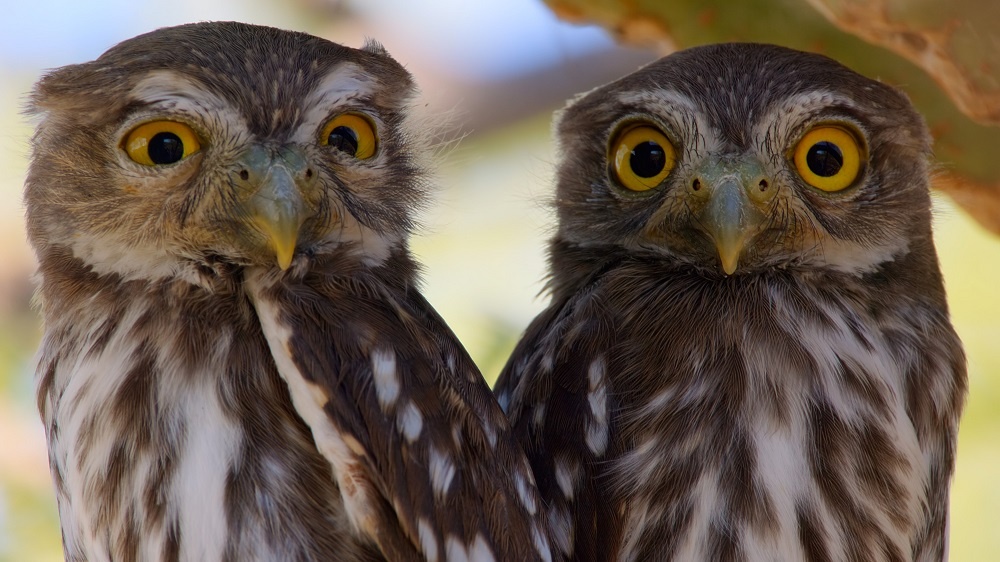We have much more to do and your continued support is needed now more than ever.
Give Love to Wildlife on Valentine’s Day: Buy Ethical Chocolate
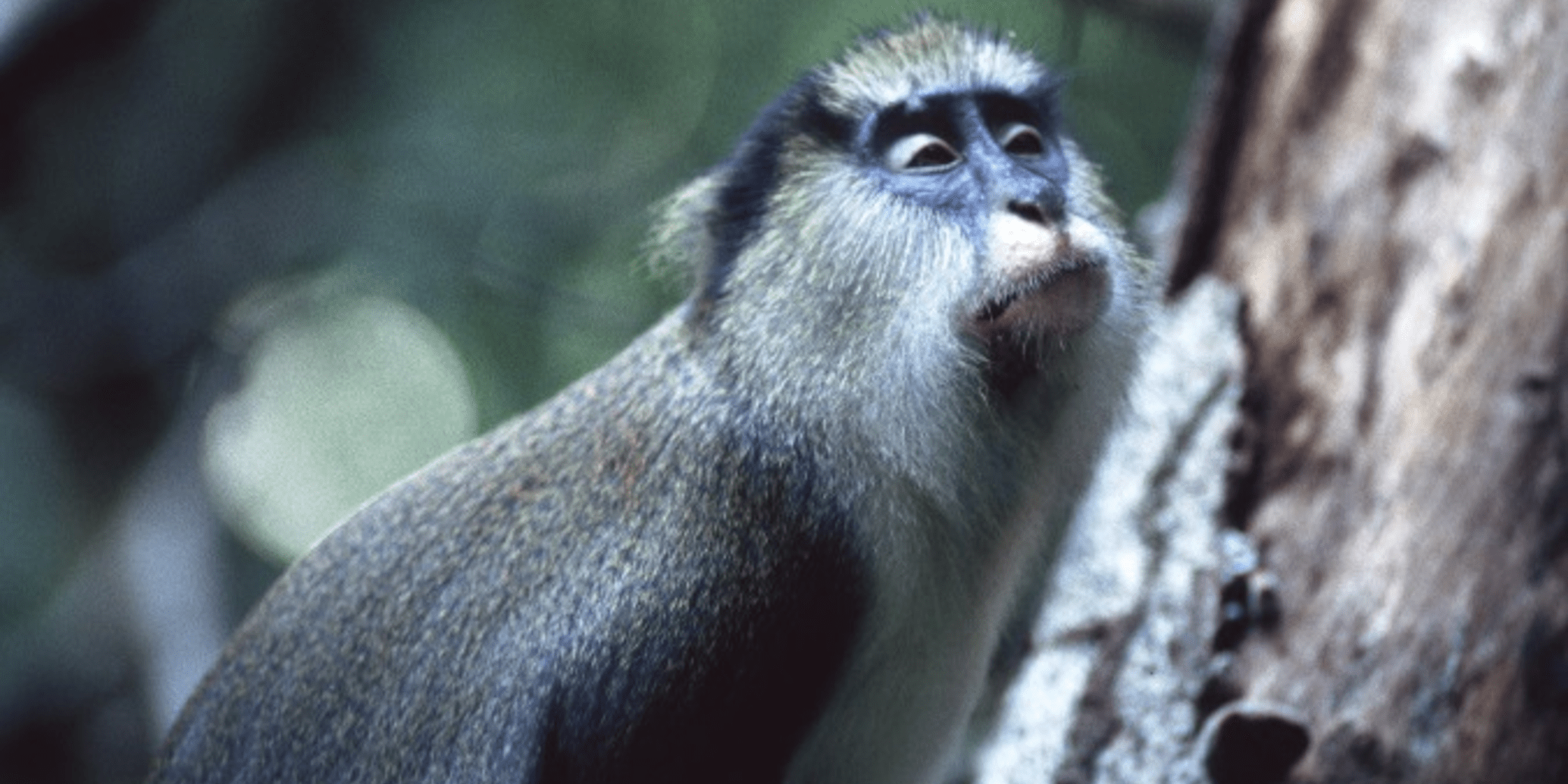
Valentine’s Day. It’s the time of year when we express our love through flowers, cards, and copious amounts of chocolate.
Each year in the USA we consume close to three billion pounds of chocolate – about 11 pounds per person. And a big chunk of that chocolate consumption centers around Valentine’s Day.
But did you know that behind the gift of love may lurk a dark reality of deforestation, destruction of wildlife habitat for critical species like chimpanzees, and child labor?
Chocolate comes from the pods that grow on cocoa trees, which are small trees that only grow in the tropics. Big bags of cocoa beans look great once they land on our shores but back where they came from, things aren’t so rosy. In fact, cocoa has driven deforestation in nearly every country where it’s produced, as beautiful rainforests get chopped down to make way for pesticide-soaked cocoa monoculture.
What used to be forested feasting grounds for wildlife are often reduced to biodiversity deserts where almost no wildlife can thrive. The top two cocoa-producing countries of Côte d’Ivoire and Ghana have respectively lost approximately 94% – 80% of their forests in the last sixty years and about one-third of that destruction has been for cocoa. Indeed, Côte d’Ivoire (or Ivory Coast) was named after the tusks of thousands of elephants who once roamed there. Due to this rampant deforestation and compounding factors like the ivory trade, now only a few hundred elephants survive, while chimpanzees and other primate populations have plummeted, with many other species at risk too.

Forests aren’t just home to abundant, vibrant wildlife. They’re also rain machines — when you cut down forests, rainfall systems are disrupted, devastating many species but especially amphibians or mammals like pygmy hippos who depend on water. That’s what’s happening to Ivorian and Ghanaian rainfall — it’s diminished and poised for more desertification, which will, in turn, endanger more wildlife and upend life for millions of vulnerable farmers whose livelihoods depend on rains.
Most cocoa farmers are already in trouble. They make less than a dollar a day, because the price of cocoa has fallen so low – sinking them into grinding poverty that helps explain why so many farmers have their kids working on the farms. In fact, around two million children work in cocoa. Poverty and child labor aren’t the only human rights concerns tied to cocoa production. Human trafficking and modern slavery are also a grim reality.
It doesn’t have to be this way. Every bite we eat, every bar we buy, can make things better.
Cocoa can be grown without exploitation or deforestation. And more than that, cocoa can be grown in earth-loving ways that promote biodiversity and improve farmer livelihoods. The best cocoa comes from shade-grown agroforestry systems. Agroforestry is a method of planting cocoa among many other trees and bushes. Environmental benefits include carbon sequestration, soil health, nitrogen fixation, water regulation, erosion control, microclimate control, and most important of all: a major boost for biodiversity, especially when it comes to birds, bats, and bugs.
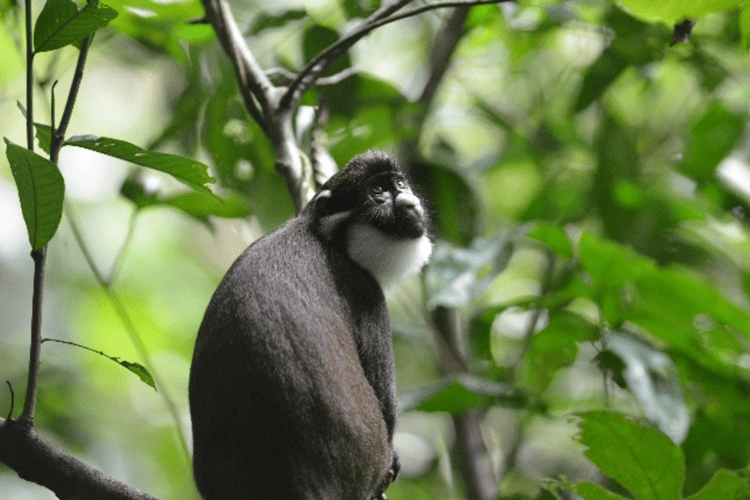
The good news is, consumers like you have the power to change the situation. Here are two high-impact ways to make a difference that don’t take much time:
- Spend five minutes going online and signing petitions to make chocolate more sustainable and ethical. Petitions can have an enormous impact on companies and governments, who are pushed to act when consumers advocate for sustainable change. Sign NWF’s open letter demanding sustainable chocolate for Valentine’s day, or choose your favorite petitions to sign! Hundreds of cocoa petitions are collected in a one-stop-shop you can check out here.
- Change what chocolate you buy this holiday season. Make sure your chocolate is organic – this ensures at a minimum that your cocoa didn’t poison the earth or the farmers and children working there. We know kids being exposed to toxic chemicals is a problem for the industry, so going organic makes a difference. Also look for: “single origin” or “bean to bar,” or anything on the packaging indicating that the company knows exactly where the cocoa came from. The more traceable cocoa is, the easier it is to guarantee it’s free of child labor or deforestation. By infusing our Valentine’s Day chocolate purchases with love, care for wildlife, and solidarity with farmers, we can help make a difference with each small bite. Through chocolate, you can make advocacy delicious and protect this amazing planet. Buy from the heart this Valentine’s Day!
- Third, you can donate the price of a chocolate bar to our cocoa work. At NWF, we’re working hard on promoting high-quality satellite mapping and monitoring of deforestation for cocoa in Côte d’Ivoire. Monitoring is one of the best ways to protect forests and wildlife that lives in them. Without serious monitoring, many deforestation-free commitments remain empty promises without on-the-ground impact.
DONATE





